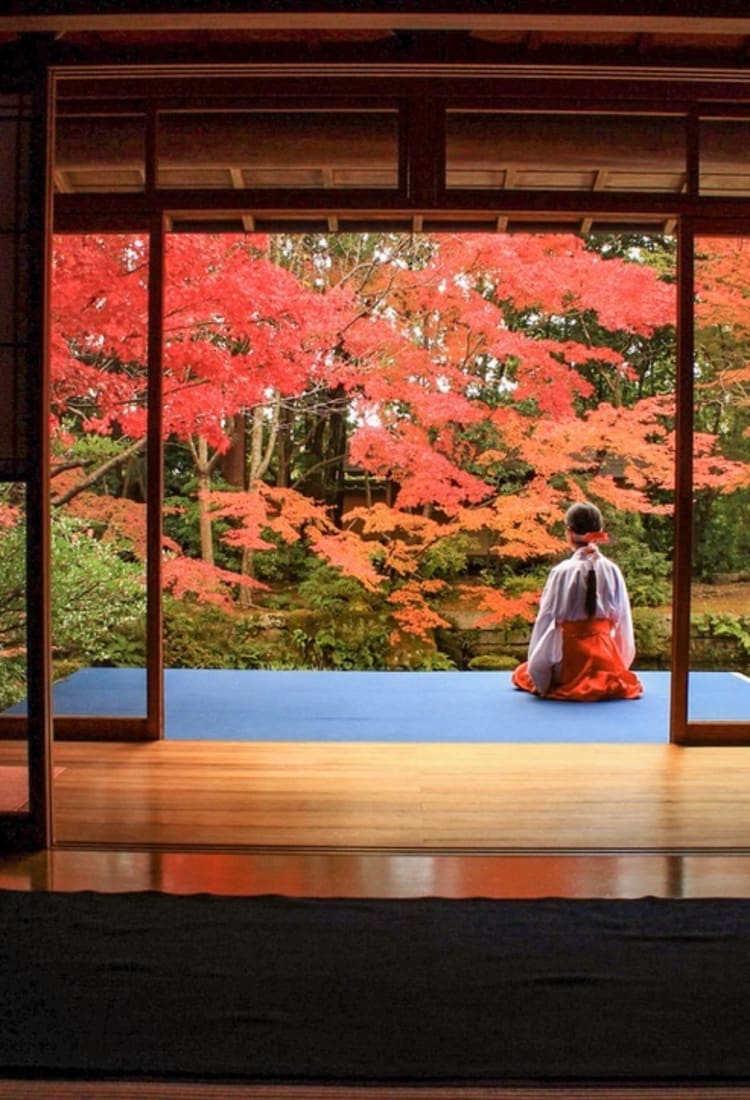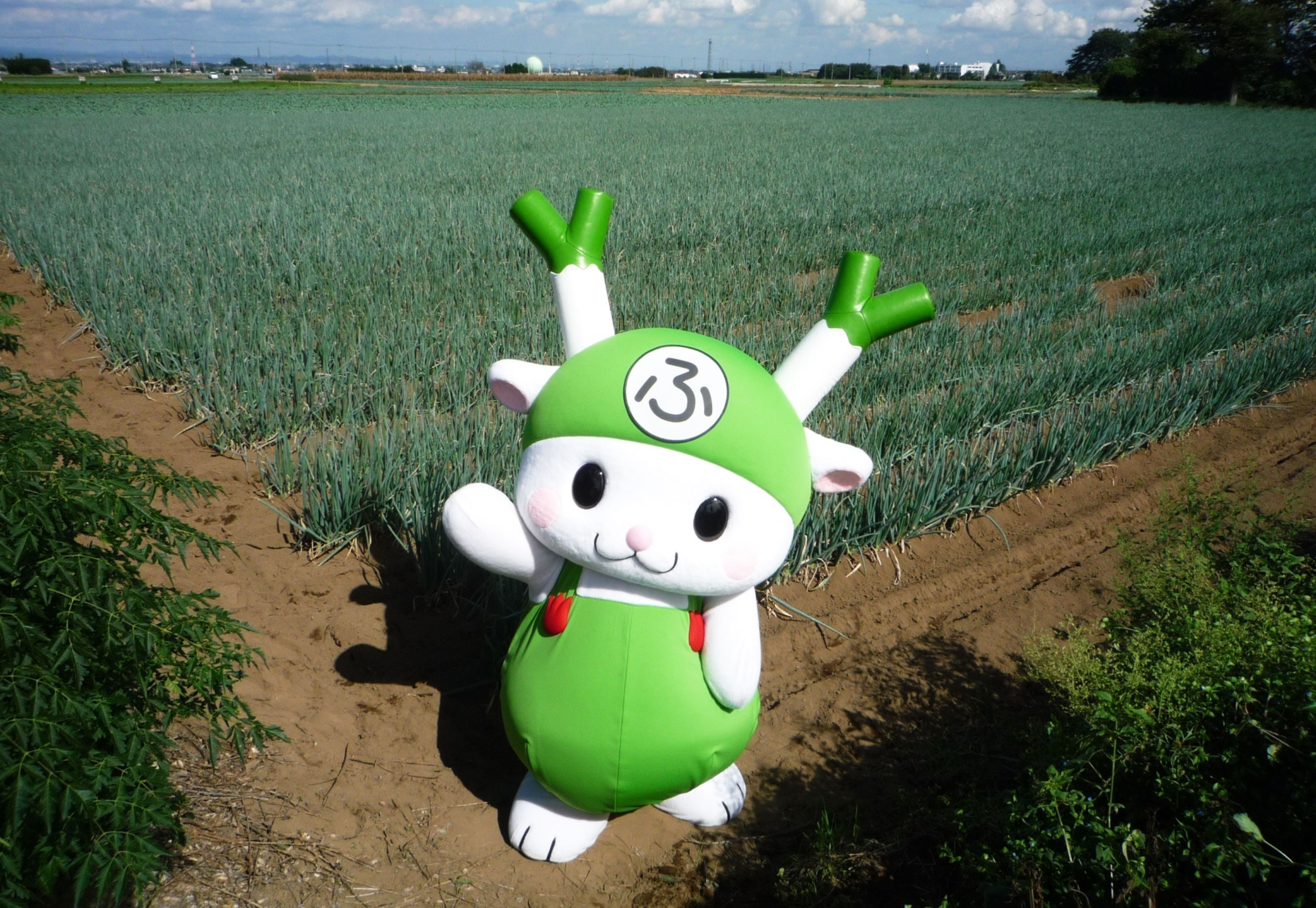
2024.03 Finding Harmony in Nature and Culture in Yamaguchi [PR]
Yamaguchi Prefecture is at the westernmost tip of Japan’s main island of Honshu, between the prefectures of Fukuoka and Hiroshima. Surrounded by the sea on three sides, the prefecture is abundant in natural beauty and has a rich culture. Yamaguchi City, the prefectural capital, was selected by The New York Times as one of the best places in the world to visit in their article “52 Places to Go in 2024.” Spend a few days exploring this fascinating part of Japan.
[Day 1]
Scenic beauty in Iwakuni
See the arches of Kintaikyo Bridge in Iwakuni City
Kintaikyo Bridge is in Iwakuni City in the eastern part of Yamaguchi. The bridge’s five wooden sections were built in 1673 to span the 200-meter wide Nishiki River. Walk underneath the bridge to see the masterful wooden structure.




Asahi Shuzo Brewery, the home of world-renowned sake
Asahi Shuzo Brewery is the birthplace of the world-renowned premium sake Dassai. It is located in the mountains outside Iwakuni. The aromatic sake has a delicate sweetness and can be bought at the onsite Dassai Store.



Experience Zen meditation in the elegant gardens of Kanyoji Temple
Kanyoji Temple is in Shunan, southwest of Iwakuni. The temple was built in 1374. It is famous for its beautiful gardens which were designed by renowned landscape architect Mirei Shigemori (1896–1975). You can experience Zen meditation at the temple. Sessions are held in a hall with views of Kyokusui Garden, a rock garden with a meandering stream. The sound of running water creates a relaxing environment. After the session, stroll the six gardens created in different styles to reflect distinct eras of garden design.










Explore an ancient castle town and sample Yamaguchi’s renowned puffer fish cuisine
Hagi Castle Town in Hagi City, in the northern part of Yamaguchi, is laid out in a grid around the site of Hagi Castle. Stroll through the beautiful townscape to see well-preserved examples of typical Edo-period (1603–1867) architecture.




Hagihonjin is a traditional inn with natural hot spring baths in Hagi. You can take their steam-locomotive-themed shuttle bus to the Okuhagi Observation Deck, where there are footbaths to soak your feet as you gaze out at the Sea of Japan and the town of Hagi.
The large bathhouses of Hagihonjin include indoor baths, open-air baths, standing baths, and a bath surrounded by gardens. The hot spring water is drawn from a source approximately 2,000 meters below ground and is said to have skin-beautifying properties. Some of the guestrooms have semi-open-air baths, with views of the town.
For dinner, try the torafugu (tiger puffer fish), considered the highest grade of fugu. Torafugu sashimi is a Yamaguchi delicacy and is typically served in translucent slices arranged like petals.









[Day 2]
Magnificent cultural sights in the cities of Yamaguchi, Hofu, and Ube
Experience Ouchi culture and visit Yuda Onsen in Yamaguchi City
Ouchi culture flourished in the city of Yamaguchi during the Muromachi period (fourteenth to sixteenth century). Ouchi culture was a fusion of influences from Kyoto and the Asian mainland. The Rurikoji Temple Five-Story Pagoda is a masterpiece of Ouchi culture architecture. The pagoda was built in 1442 and is a National Treasure.
Major reconstruction work is underway to replace the pagoda’s roofs for the first time in about 70 years. The work is expected to last until March 2026. Until then, Buddha statues which are normally hidden from the public eye have been made available to view as part of a special exhibition. While the reconstruction work is underway, you can purchase and write your name and wishes on a Japanese cypress bark shingle that will be used for the new roof. A bundle of shingles costs 10,000 yen and cannot be taken home. A live feed of the renovation work and videos of the structure before the restoration are being shown at the Rurikoji Temple Museum.





For more Ouchi Culture, visit Yamaguchi City Saikotei, a relocated and refurbished 120-year-old Japanese-style restaurant known as Yamaguchi’s State Guest House. You can rent a kimono and take commemorative photos in the main hall and the garden before heading out for a stroll around the town. Enjoy taking a leisurely walk around the cultural buildings and exploring the cafes and restaurants in the Yamaguchi Central Shopping Street. You can reserve a kimono via the link at the end of this article.











Yuda Onsen is about 30 minutes away from the Ouchi cultural area on foot. This hot spring town dates back about 800 years. The hot springs are said to have been discovered when an injured white fox was found bathing its wounds in a pool of thermal water. Soothe your feet at the free footbaths while exploring the town, where some 2,000 tons of hot spring water is produced every day.




Matcha experience at Hofu Tenmangu Shrine
Hofu Tenmangu is in Hofu City in the south-central region of Yamaguchi. It is a historic shrine dedicated to the deity of learning. At the Hoshoan Teahouse located in a corner of the shrine grounds, you can drink matcha green tea with a view of a picturesque Japanese garden. Spend a few quiet moments while gazing at the seasonal beauty of the garden, from the bright red autumn leaves to the soundless snowfall.









Tokiwa Park
Tokiwa Park is in the city of Ube in western Yamaguchi. The massive park is built around Lake Tokiwa and is filled with greenery, flowers, artworks, and other attractions. Take a stroll among the sculpture-covered hills and enjoy the fusion of nature and art. Seasonal flowers in the park include early spring plum blossoms, cherry blossoms, wisteria, summer water lilies, irises, hydrangeas, and roses. You can also walk the lakeside trail along the shores of Lake Tokiwa and visit its botanical garden which has plants from around the world.










How to get there
From Tokyo, there are flights to Yamaguchi Ube Airport or Iwakuni Kintaikyo Airport departing from Haneda Airport. From Osaka, Hiroshima, or Fukuoka, it is more convenient to use the Shinkansen: getting from JR Hakata Station in Fukuoka to JR Shin-Yamaguchi Station takes about 35 minutes; from JR Hiroshima Station in Hiroshima to JR Shin-Iwakuni Station it takes about 15 minutes. For more information
Related Links
Official Yamaguchi Travel Guide |
Dassai Store at the Brewery |
Hagi Castle Town |
Hagihonjin |
|
WEB:https://www.visit-jy.com/en/spots/14252 |
Kanyoji Temple |
Yuda Onsen |
Foot Baths (Yuda Hot Springs) |
Yamaguchi City Saikotei |
|
WEB:https://saikoutei.jp/en/ |
Kimono Trial in Yamaguchi City Saikoutei |
|
WEB:https://saikoutei.jp/en/kimono/ |
Hofu Tenmangu |
Tokiwa Park |
|
WEB:https://www.tokiwapark.jp/ |




















































